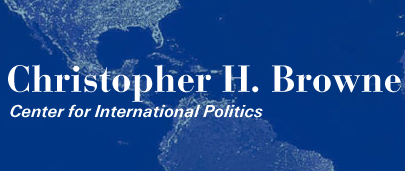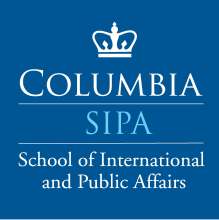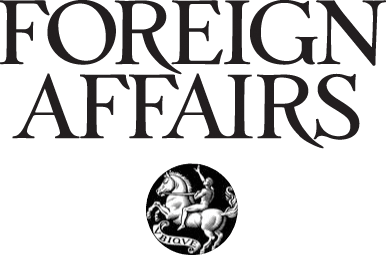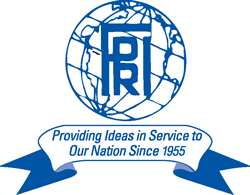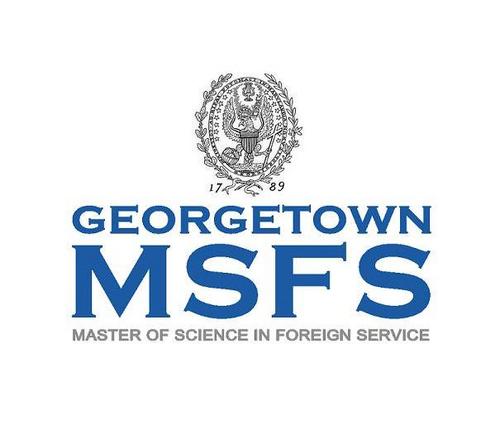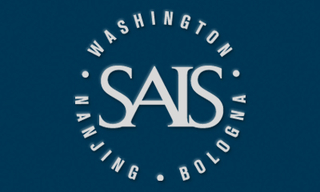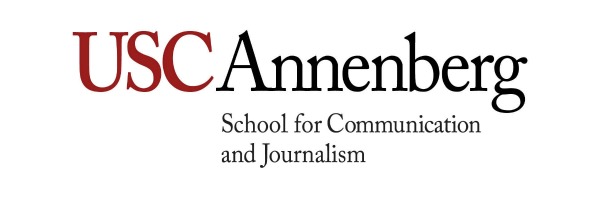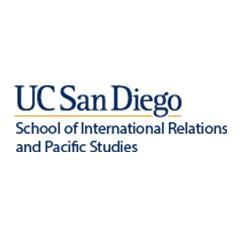By Rachel Brock
The first few days of 2016 have cast a bleak shadow over the coming year. Tumbling stocks reflect China’s sluggish economy, and investors’ concerns over the future of the global economy. The recent executions in Saudi Arabia have inflamed relations between the Sunni power and Iran, its Shiite rival. These tensions have since spilled over into the region. Add to the equation the war in Syria, the refugee crisis, pressing climate change questions—not to mention the global terrorist role that ISIS has assumed—and 2016 promises to test the very fundaments of international diplomacy.
The tripartite relationship between the United States, Russia, and China is key to understanding the course of international relations. With the dust of American hegemony still settling on the horizon, Russia and China have risen to join the United States in the superpower arena. The US no longer exerts unilateral control over international issues, as is seen in Russia’s developing involvement in the conflict in Syria, foreboding strained US-Russian relations concerning the region. Similar increased tensions in the South China Sea indicate that the United States no longer solely dictates the script of the international community.
Deepening ties between Russia and China suggest that the structure of the international system is changing. While scholars debate the exact nature of this relationship—the spectrum extends from a “marriage of convenience” in an effort to accomplish mutually exclusive goals, to a strategic anti-Western partnership to overcome the current US-dominated order—most agree that China-Russia relations are stable, improving, and are probably here to stay. China, in accordance with its traditions of non-interference and inward-focused policy, has remained officially neutral on conflicts such as Syria and Ukraine. Yet Moscow has used China as an effective bypass to Western sanctions, which were passed in reaction to events in Ukraine. This political maneuver has fostered further cooperation in trade, energy, currency and cyber security between the two rising powers. Perhaps most concerning, Russia and China have conducted joint military exercises, which the United States has warily monitored.
Washington’s relations with Moscow continue to cool as Russia holds Crimea and maintains a strong presence in eastern Ukraine. Similarly, parallel but uncoordinated airstrike campaigns in Syria carried about the US and Russia draw the two superpowers dangerously close together. Recent ISIS attacks in Paris and on the Russian airplane have prompted sentiments of international solidarity and have hinted at potential cooperation between Washington and Moscow over Syrian policy. However the overlapping, tangled, and hyper-charged alliance networks often pit the US and Russia on opposing sides and reduce the effectiveness of any suggested alliance. In addition, Russia’s recent military modernization has stirred security concerns over Moscow’s international intentions.
China’s global economic ascension has unseated the United States’ monopoly over global fiscal policy. Beijing has extended its influence, derived from its robust exports and production, to other matters of international policy in the last 20 years. Washington, who wishes to retain its influence over international trading partners and transnational corporations, has yet to develop a policy to effectively counteract China’s growth.
What does all of this mean? Washington must accept the rise of Russia and China as undisputable global power-players and recognize that this signifies the end of the US’s unipolar era. What the new multipolar world will look like is hard to predict, but it will certainly be marked with volatility, uncertainty, and unfortunately, increased conflict. The situations in Eastern Europe and the Middle East forebode Cold War-reminiscent tensions between the United States and Russia, while Chinese attempts to extend regional influence threaten US positions in Asia. Warming relations between Russia and China, although largely undefined, seem unlikely to benefit the United States.
With this bleak forecast for 2016, the question remains: How can Washington best maneuver between its political allies, enemies, and regional conflicts without one situation imploding into another? What exactly are the intents of Russia and China, and how can these be reconciled with the US’s goals for the future?
Unfortunately for the United States, Huntington's vision of world affairs has since degenerated into a world marked with sectarian conflict, rising non-Western powers, and leaders unable to respond to crises that press their countries. Washington must abandon its zero-sum mentality of relations with Russia and China. It must also banish any lingering ideas of Nixon-era triangular diplomacy. The effectiveness of international institutions may be put into question if the US and Russia continue to find themselves on opposing sides of the most important international issues. This is not to say that hard power will once again come to rule the international system, nor will a second Cold War system necessarily emerge. Rather, the charisma and ability of leaders gains increasing importance. With elections quickly approaching in the United States, the new president must be able to handle adept, skillful, and ruthless leaders like Putin and Xi Jinping.
The triangular relationship between the United States, Russia, and China will shape the course of international relations in the years to come. Actions in diplomatic crises like Syria and Ukraine, extending influences in volatile regions of the world such as the MENA and Eastern Europe, and the support of key, rich allies will determine to which points of the triangle the most power and influence will reside.
Rachel Brock is a sophomore at the University of Pennsylvania, majoring in International Relations and minoring in French.






